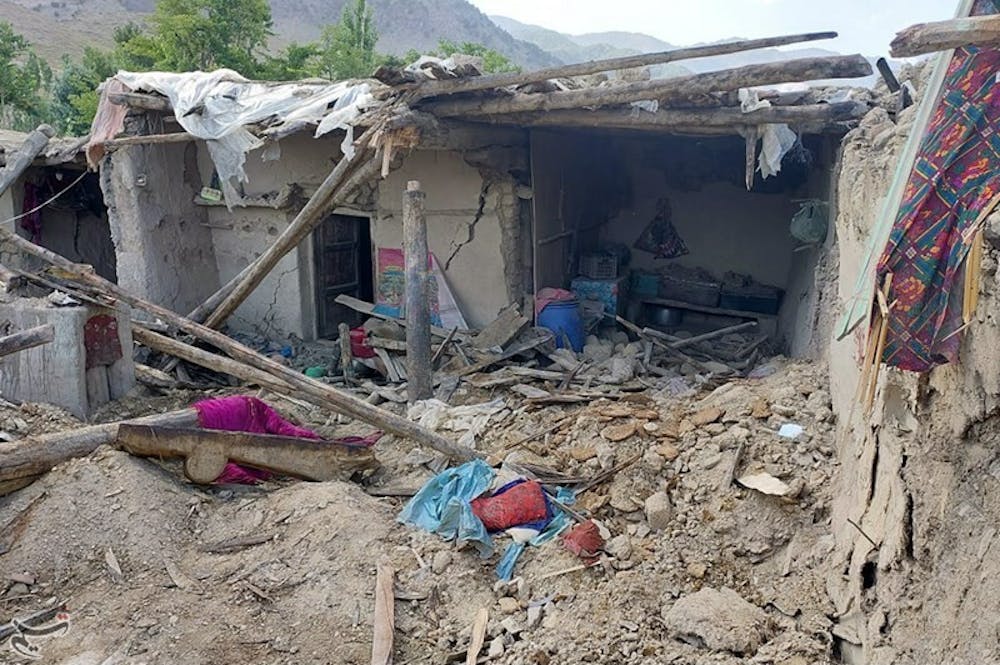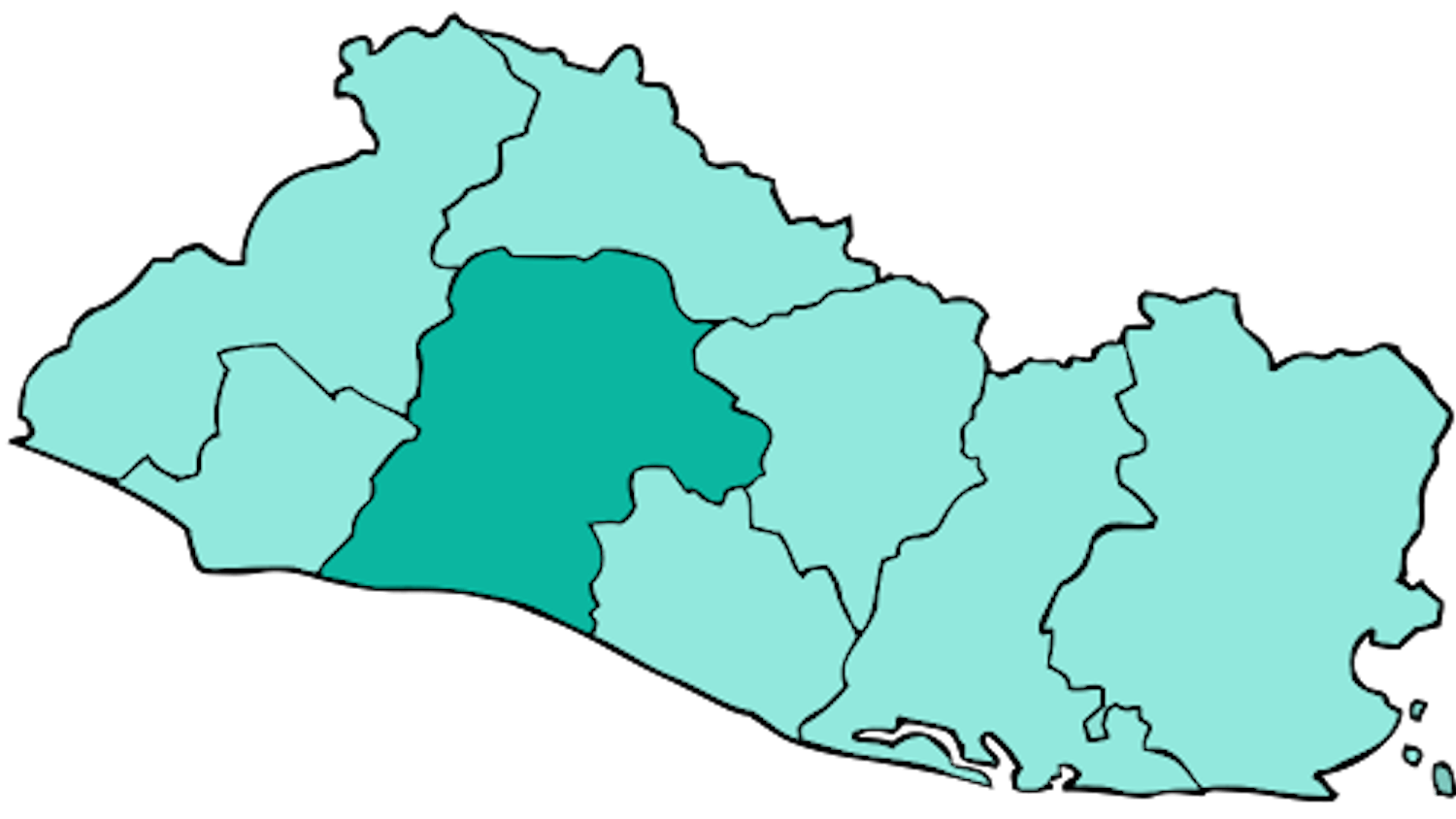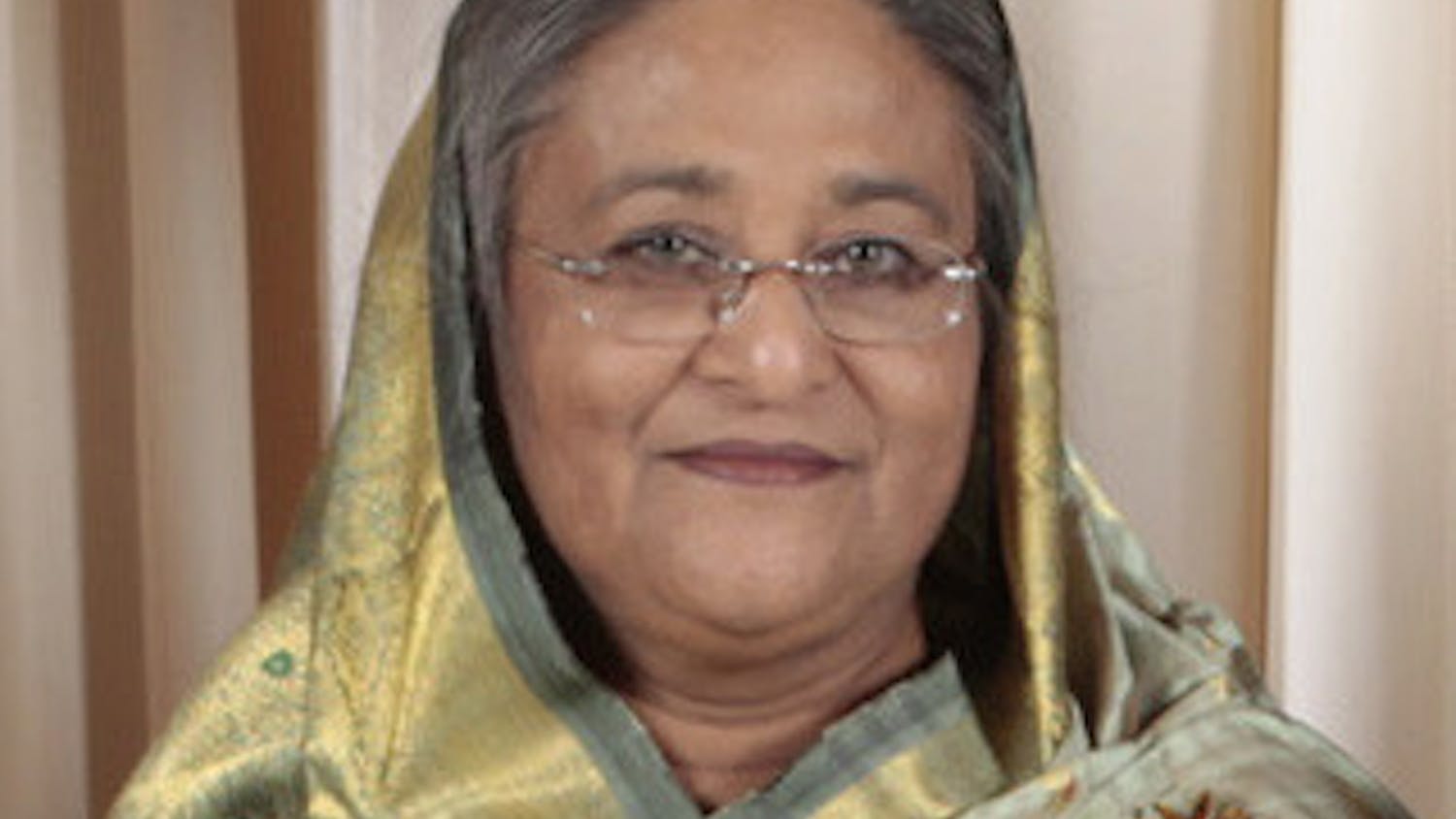By Janjabill Tahsin
Staff Writer
Between Oct. 7 and 15, three 6.3-magnitude earthquakes struck the western province of Herat in Afghanistan, directly affecting more than 66,360 people across multiple districts, according to the U.N. Office for Coordination of Humanitarian Affairs (OCHA).
On the morning of Oct. 7, the first earthquake shook the region, hitting the Herat, Badghis and Farah provinces, severely damaging or destroying almost 2,000 homes. A preliminary report from OCHA announced that, in total, 11,585 people were impacted. More than 1,000 people are dead, and over 1,660 have been injured.
The second earthquake struck 28 km north of Herat and was followed by smaller tremors on Oct. 11. The quake killed at least one person, with more than 100 injured and taken to the hospital, health officials said.
Again, on Oct. 15, the third earthquake struck near the city of Herat, at a depth of 6.3 km. Another 100 people were injured and are being treated at the regional hospital, the World Health Organization said, and at least one person has died, as reported by local health authorities.
After their homes were destroyed, many people were reported to be sleeping in the open the Saturday after the earthquake. Herat’s governor, Noor Ahmad Islamjar, said there had been significant damage, with many phone and power lines down.
“We call on the people to go and help the [affected] people in these villages,” Islamjar said in a clip. According to aid agencies, there is a shortage of blankets, food and other supplies. Last month, the World Food Program was forced to cut another two million hungry people from food distributions in Afghanistan, bringing the total number of people dropped from its support this year in the country to 10 million.
Since the Taliban’s takeover in the summer of 2021, humanitarian aid to Afghanistan has become increasingly challenged due to a wide-scale refusal from international organizations to deal directly with the Taliban, as well as a general shift in priority to the Israeli-Palestinian conflict.
The International Rescue Committee warns that if the Taliban lacks proper rescue equipment to deal with the major damage caused by the earthquakes, then it could lead to more deaths.
The Taliban administration estimated that more than 2,000 people of all ages and genders across Herat province died after the 6.3-magnitude earthquakes hit western Afghanistan, providing higher casualty figures than what humanitarian groups provided. OCHA reported that Zindajan district, also the epicenter of the earthquake, is the worst affected area, with 1,294 deaths, 1,688 injuries and every home destroyed.
More than 90% of the people killed by the earthquakes were women and children, and hundreds of people, mostly women, remain missing in Zindajan.
Siddig Ibrahim, the chief of the UNICEF field office in Herat, said that women and children were more likely to have been indoors when the quake struck Saturday morning. “When the first earthquake hit, people thought it was an explosion, and they ran into their homes,” he said.
Afghan cultural norms restrict women, as many have difficulty obtaining humanitarian aid without a male relative who can access it on their behalf. It is “impossible for women to share a tent with neighbors or other families,” according to AP News. Women must also comply with dress codes and dress appropriately to access services and aid, including the wearing of the Islamic headscarf.
“When natural disasters strike, women and girls are impacted most and often considered least in crisis response and recovery,” said Alison Davidian, the U.N. special representative for women in Afghanistan. “The earthquakes, when combined with the ongoing humanitarian and women’s rights crisis, have made the situation not only difficult for women and girls, but deadly.”
Afghanistan is prone to earthquakes because it is located on top of a number of fault lines where the Indian and Eurasian tectonic plates meet, with an average of 560 deaths per year. In the past decade, more than 7,000 people have been killed in earthquakes in Afghanistan. Afghan buildings are not earthquake-resistant, and landslides caused by earthquakes can flatten houses in mountain villages. The landslides can also block up rivers, cause widespread flooding and close roads, making search-and-rescue operations difficult. News of an earthquake disaster sometimes takes several days to reach the authorities in the country, with millions of Afghans displaced or struggling to survive amid rising levels of poverty and hunger.







